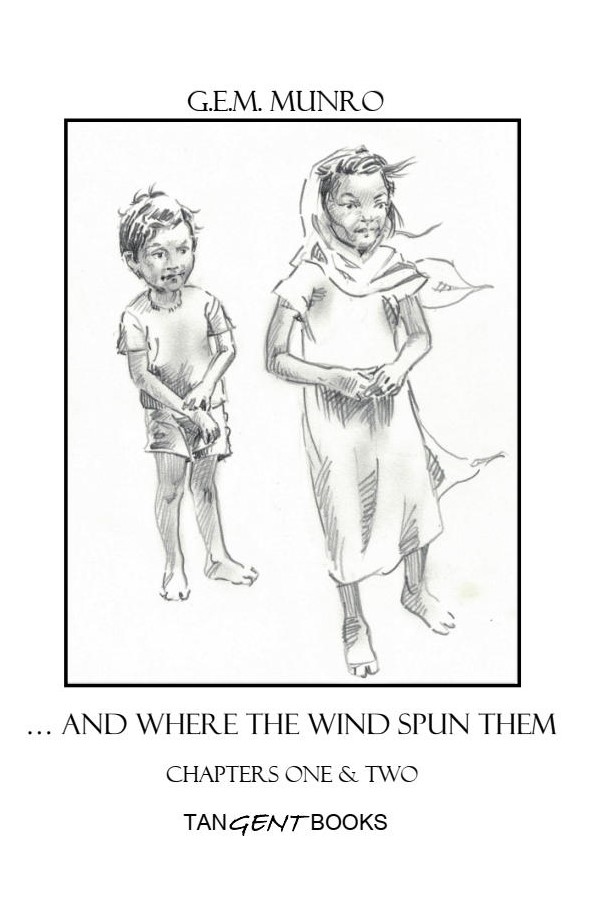 The Cleveland Indians baseball team has announced that, after the 2018 season, it will retire the ‘Chief Wahoo’ logo, that grinning, shifty-looking cartoon that’s disgraced the team’s operations since 1947. It’s hard to figure out why any sports team would have ever wanted such a logo; insulting indigenous people doesn’t seem the most direct way to intimidate opponents, and doesn’t represent any paragon to which team members might aspire. It’s pretty much a bad joke that’s been retold for seventy-one years. Chief Wahoo shouldn’t be retired, he should be euthanized. Bad traditions aren’t made good by being traditions.
The Cleveland Indians baseball team has announced that, after the 2018 season, it will retire the ‘Chief Wahoo’ logo, that grinning, shifty-looking cartoon that’s disgraced the team’s operations since 1947. It’s hard to figure out why any sports team would have ever wanted such a logo; insulting indigenous people doesn’t seem the most direct way to intimidate opponents, and doesn’t represent any paragon to which team members might aspire. It’s pretty much a bad joke that’s been retold for seventy-one years. Chief Wahoo shouldn’t be retired, he should be euthanized. Bad traditions aren’t made good by being traditions.
The accomplished indigenous architect, Douglas Cardinal, applied for a court injunction to prevent the Cleveland team from using its logo and name in Toronto during a playoff series with the Blue Jays, but was denied. I understand the objection to the emblem, but not quite to the name. If the emblem hadn’t been affixed to the name, the name might have been construed as complimentary, that Indians typify the capabilities the team means to emulate.
You don’t hear such objections applied to the Chicago Blackhawks, whose emblem is dignified and whose identification thereby seems to represent an ideal.
I must say, in the two decades and more Tanyss and I have lived and worked in unfortunate First Nations communities, Chief Wahoo hasn’t been in the forefront of people’s minds; people there have been more concerned about denial of educational opportunity, teen suicide, bad water, inadequate housing, addiction and foetal alcohol syndrome. I suppose someone sinking in a swamp isn’t going to be much concerned with Pogo. It seems a bit odd to be celebrating the really fine strokes when the life-and-death broad strokes are still wanting. However, Chief Wahoo may be important in that it may promote dismissive or belittling attitudes in the larger population toward Indigenous people and the serious challenges they face.
‘Get Out’ is a movie that’s receiving a lot of positive attention these days, but it made me quite uncomfortable by its insulting, cartoonish stereotypes of white people, not because my life will be negatively affected by them — it won’t —, but because it may promote disrespectful attitudes in black viewers, and their lives will be negatively affected by those. I was just as disturbed by the cliched sassy black sidekick with the no’count drone husband in ‘The Shape of Water’.
Both of those examples pale beside the outright racist performance Tanyss and I were unfortunate enough to behold some years ago in a western city. We’d been invited, as recognised participants in the indigenous community, to a showcase of lectures concerning prevalent issues. One presenter, an indigenous woman academician, contrived a reservation accent and syntax as she launched into a protracted, bitter denunciation of “stoopit” white women who “don know nuttin’”. I was deeply offended on behalf of Tanyss, who is very far from stoopit and knows a great deal and has selflessly, at genuine personal cost, endeavoured to share it with unfortunate First Nations people in a way the academician presenter never had. More important, though, by far, is the fact that, in a world where any racist disrespect enjoys any permission, all racist disrespect will eventually be allowable — what’s deemed a yardstick in one hand will be deemed a yardstick in another — and in that situation, the least-advantaged community will suffer the most. The presenter may have gained a thrill of revenge, but she did her people no good at all.
Respect, mutual respect, within the larger society’s components matters, and that’s why the easy gestures, like the eradication of Chief Wahoo, are worth doing even as the hard undertakings, reversing entrenched disadvantage, still await.
The Toronto District School Board, though, eradicating the word ‘chief’ from its job titles out of fear of offending First Nations… well, that absurdity just insults everyone, is an entirely different kettle of oolichan.
